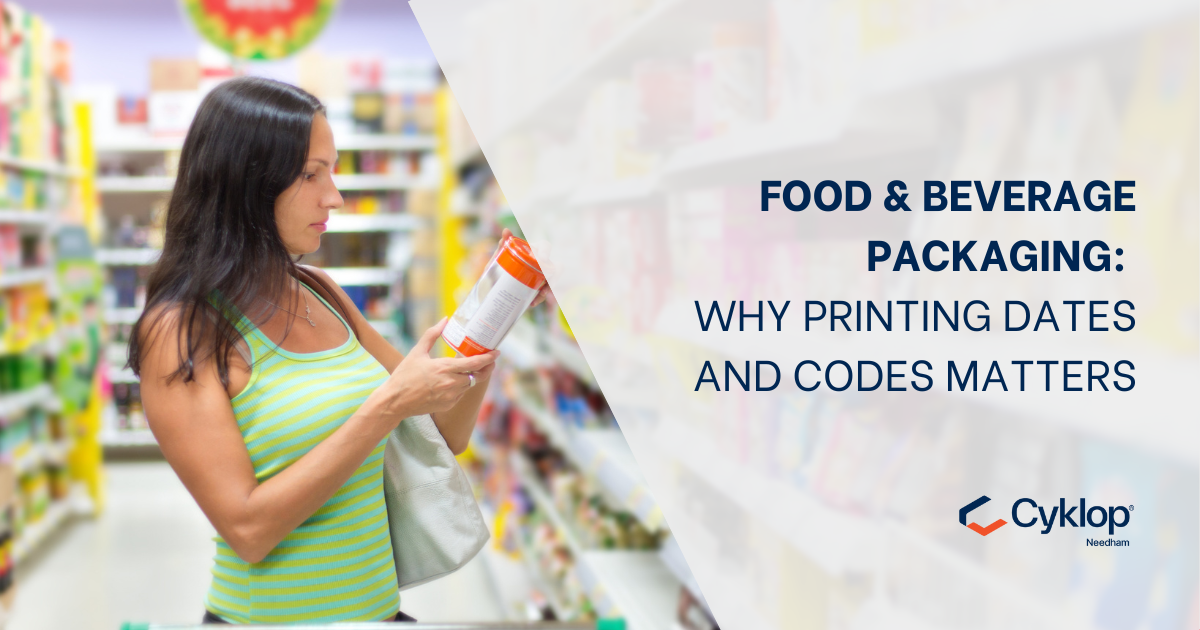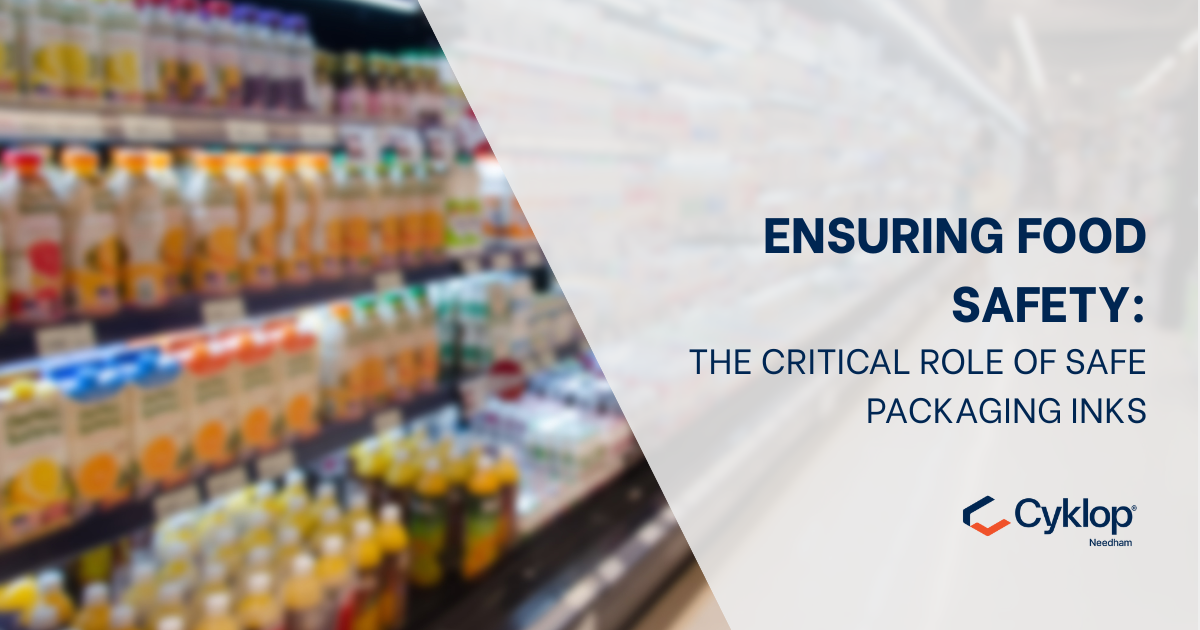Food & Beverage Packaging: Why Printing Dates and Codes Matters
In the food and beverage industry, packaging is more than just branding — it’s a line of defence for consumer safety, a tool for regulatory...
2 min read
Samuel Mcgarrigle
Oct 25, 2023 12:44:43 PM

In today’s fast-paced manufacturing world, demand is growing for reliable, high-performance coding and marking technology. Whether you're coding product packaging, applying barcodes, or printing expiration dates, choosing the right printer is essential for accuracy, efficiency, and compliance.
With several industrial printing technologies available—such as Continuous Inkjet (CIJ), Thermal Inkjet (TIJ), and Drop on Demand (DOD)—how do you know which is the best fit for your business?
Here are the critical factors to consider when investing in a coding solution.
Your choice of substrate—the surface you’re printing on—is one of the most important factors in determining which coding technology to use.
Different substrates interact differently with ink, affecting adhesion, print quality, and durability. For example:
Porous materials (paper, cardboard, textiles, wood): absorb ink more easily.
Non-porous materials (metal, glass, plastic, ceramics): require specialized inks with stronger adhesion.
Always verify that your printer and ink combination is compatible with your material type. This will ensure crisp, legible, and long-lasting codes.
While all industrial printers handle flat surfaces well, curved or irregular surfaces present unique challenges.
If your product has a high curvature or uneven dimensions, choose a printer with a larger throw distance—the ability to print legibly from further away. In this case, CIJ printers are often the best option, offering superior performance for complex shapes and moving lines.
The ink you use plays a vital role in the durability, visibility, and compliance of your codes. When evaluating ink options, consider the following:
Are you using brand colours in your product design?
Will ink colour differentiate product variants?
Does your marking need to be visible on dark or transparent surfaces?
Depending on your use case, you may need:
Solvent-based inks (for non-porous surfaces)
Water-based inks (ideal for absorbent substrates)
UV-curable inks (for high-speed lines and fast curing)
Pigment or dye inks (for vibrant or precise marking)
Food-grade inks (for packaging in the food and beverage industry)
If you operate a high-speed production line, fast-drying ink is a must to avoid smudging or delays in packaging.
Your operational environment will impact which printer model is most suitable. Ask yourself:
How many lines need coding systems?
Is the facility dusty, humid, or subject to vibration?
Will the printer need to integrate into an automated production line?
Do you need networked printers for centralized control?
Select a provider that offers custom mounting options, supports industrial automation, and provides end-to-end integration tailored to your production environment.
Choosing the ideal coding and marking printer is not just about features—it's about finding the right solution for your unique materials, processes, and environment.
At Needham Cyklop, we specialize in helping manufacturers select, install, and optimise coding systems that meet their specific needs.
📞 Call us: +44 (0)1948 662629
📧 Email: enquiries@needham-ink.com
🌐 Visit our website

In the food and beverage industry, packaging is more than just branding — it’s a line of defence for consumer safety, a tool for regulatory...

In today’s fast-paced manufacturing environment, efficiency, precision, and traceability are non-negotiable. One technology that continues to...

In the vital realm of food safety, meticulous attention to every detail is paramount. Whilst the focus often centres on the food product itself, the...